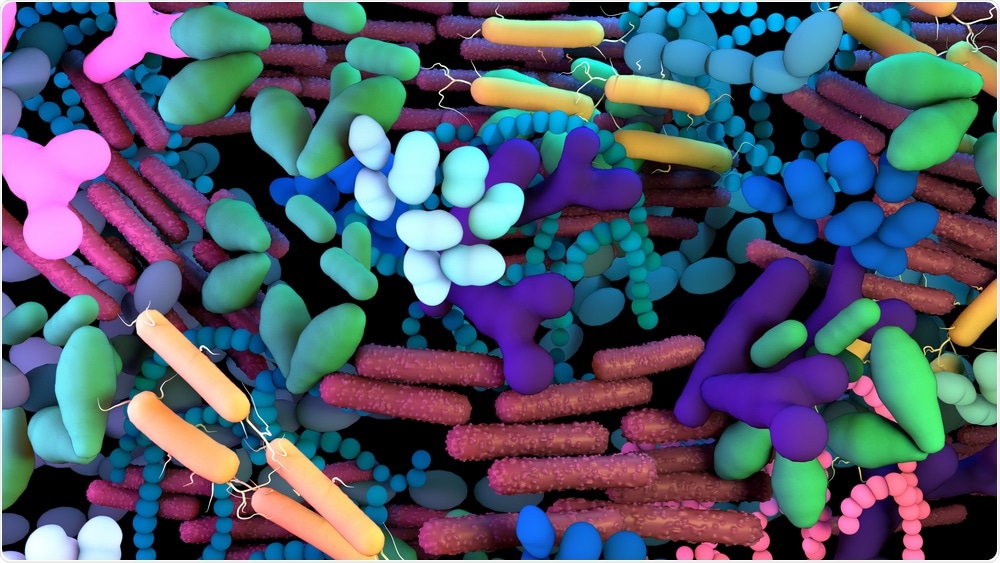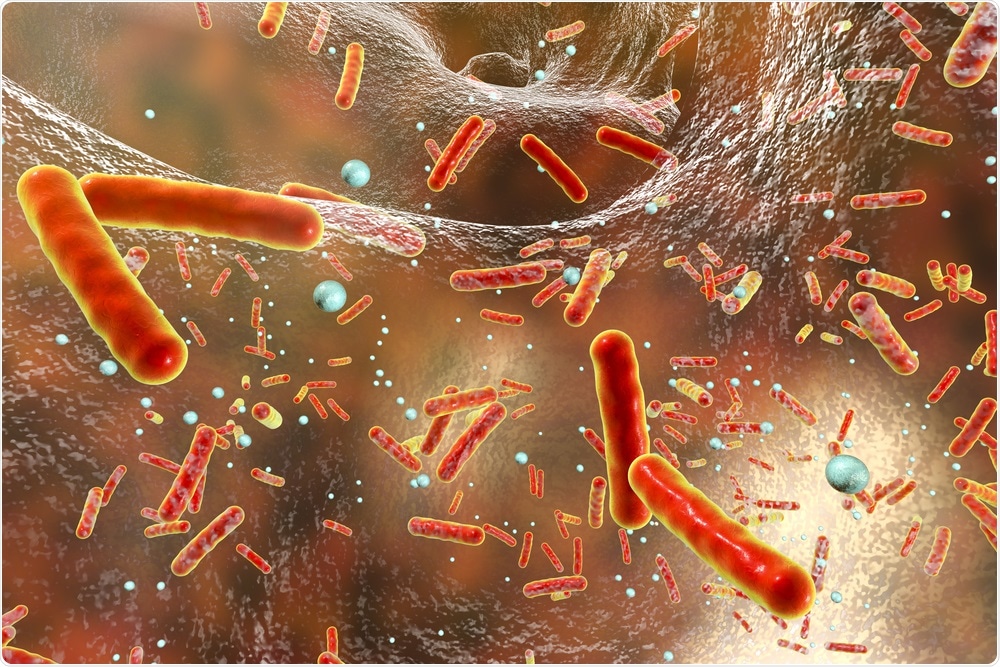In this interview, AZoLifeSciences speaks to Dr. Yujie Ben about her latest research that investigated the varying levels of antibiotics found in food.
What provoked your research into the levels of antibiotics in food?
After gaining my Ph.D. from Peking University, I joined the research group of Professor Chunmiao Zheng at the Southern University of Science and Technology in Shenzhen, China. Professor Zheng encouraged me to start my career focusing on the human health risk assessment of antibiotic resistance due to the widespread use of antibiotics.
Concerns over the health risk of antibiotic residues in the environment are mainly based on (1) the potential hazard of creating a selection pressure on the environmental microbiome, leading to reservoirs of antibiotic resistance in the environment, and (2) the potential hazard of ingested antibiotic residues in the environment altering the human microbiome and promoting emergence and selection for bacterial resistance inhabiting the human body.
However, through my work, I discovered that compared with the risk of environmental antibiotic-resistant bacteria transmission to humans, the risk on the human microbiome due to dietary intake of antibiotic residues through drinking water and food consumption has received little attention.
Therefore, I decided to analyze the antibiotic residues in drinking water and food products as the first step.
How do antibiotics end up in our food?
Antibiotics have been used in food-producing animals for therapeutic, prophylactic, and growth-promoting purposes; therefore, trace amounts of antibiotics can be residual in meat, eggs, and milk if the animals are not completely withdrawn from the drugs before the products are collected.
Chemical fertilizers have been restricted for organic vegetables and cereals, and manure is considered to be a good alternative in organic farming. However, the use of antibiotics may end up in livestock or poultry manure due to the incomplete absorption by animals. So, antibiotics can accumulate in cereals, vegetables, and fruits through uptake from manure-amended cropland or irrigation with treated wastewater.

Human exposure to antibiotic resistance associated with antibiotic residues in the environment
(Ben et al. 2019, Environ. Res.)
What health problems could long-term consumption of this food cause?
The dietary intake of antibiotic residues may interact with the human microbiome, which contains a great number of diverse microorganisms. Exposure to antibiotic residues through drinking water and food consumption represented a mode of long-term exposure to a mixture of antibiotics. However, the influences on human microbial community structure with chronic exposure to antibiotic mixtures are not fully understood and require further research.
A hypothesis has been put forward. Antibiotic treatment may result in the loss of taxa which were low in number and vulnerable to antibiotics while the antibiotic-resistant bacteria survive and accumulate. Therefore, chronic exposure to antibiotic mixtures may lead to changes in intestinal microbiome composition.
Once an imbalance of intestinal microbiota occurs, it may lead to the proliferation of harmful bacteria and opportunistic pathogens, and further lead to various diseases. If intestinal bacteria have developed antibiotic resistance and evolved into super-bugs, the diseases caused by these bacteria will lead to death due to incurability.
Why is it important for food regulations to monitor and regulate the levels of antibiotics in food?
We proposed that chronic exposure to the mixture of hundreds of residual antibiotics may become a more powerful stressor on the selection of antibiotic-resistant bacteria than the antibiotics used for therapeutic purposes. This is similar to the difference between the toxicity processes of long-term exposure to low dose and short-term exposure to high dose.
However, this hypothesis has not been confirmed and needs further study.

Human Microbiome. Image Credit: Design_Cells/Shutterstock.com
Why, until now, has it remained difficult to analyze more than a few antibiotics at a time?
Simultaneous extraction and pre-concentration of multiclass antibiotics in food samples are challenging. This is due to the various structures and physicochemical properties that different antibiotics possess, as well as the purification of different food matrices being necessary to reduce the influence of matrix effects.
Can you describe how you carried out your research in detecting trace amounts of antibiotics in food?
Due to the large variety of physiochemical properties, it was very challenging to isolate the target antibiotics from different food samples simultaneously by one extraction method. Most previous studies were mainly based on the analysis of very few compounds at a time in a single food matrix.
Generally speaking, the extraction efficiency was mostly influenced by three parameters: extraction solvents, salt effect, and pH. We firstly analyzed relevant literature to look up the most used solvents, salts, and the values of pH in the extraction process of antibiotics in food products.
According to the literature review and understanding of the properties of the target antibiotics, 18 methods were initially proposed. Based on the 18 methods, an optimized method was developed for the analysis of antibiotic residues in different food products.
What did you discover?
The presence of antibiotic residues in drinking water and food products strongly suggested that human dietary exposure to antibiotics should be of significant concern, due to the potential selection pressure on the human microbiome.
Do you believe that your research will help further our understanding of antibiotic resistance?
Yes, our present study aims to help develop a further understanding of what doses of antibiotic resistance associated with dietary intake of antibiotic residues in the environment are occurring in an exposed population.

Antibiotic Resistance. Image Credit: Kateryna Kon/Shutterstock.com
What are the next steps in your research?
Our next steps are to comprehensively assess the overall human exposure to antibiotic residues through drinking water and food consumption, explore the exposure characteristics, and further investigate the health risks on the human microbiome.
Where can readers find more information?
Link to the introduction of our team: https://faculty.sustech.edu.cn/zhengcm/en/
Link to the related published articles:
https://doi.org/10.1016/j.envres.2018.11.040
https://doi.org/10.1016/j.watres.2020.115699
https://dx.doi.org/10.1021/acs.jafc.0c05778
About Dr. Yujie Ben
Dr. Yujie Ben received her Ph.D. degree in Environmental Science from Peking University in Beijing, China. She currently holds the position of research assistant professor in the School of Environmental Science and Engineering at South University of Science and Technology of China.

She has accumulated a wealth of research experience in trace analysis of organic chemicals and environmental health risk assessment.